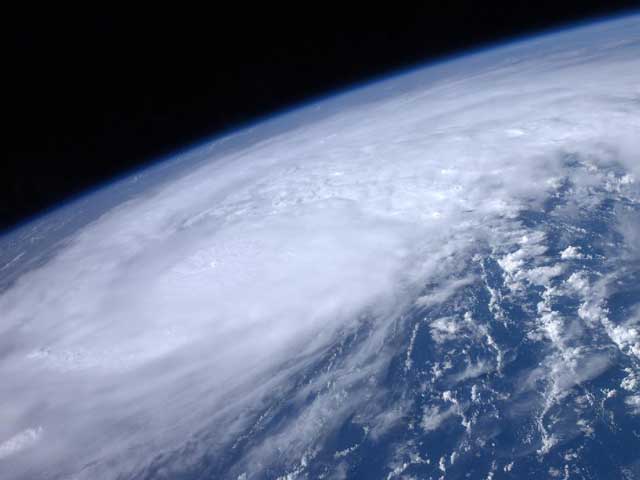
THUNDER BAY – It just hasn’t been the Eastern United States’ week. Just days after a rare, widely-felt earthquake shook things up from north Florida to Maine, Hurricane Irene — currently a powerful Category 3 storm, with sustained winds up to 115 mph — appears to be making a beeline for the mid-Atlantic and New York City. While the earthquake ended up being little more than a novel excuse for many office workers to spend the afternoon outside, Irene is no joke (Californians who mocked East Coasters’ reaction to the earthquake are now noticeably silent, as inclement weather in L.A. is a fluffy cloud).
Government agencies charged with emergency response have made a concerted push to build their social media capabilities over the last couple years, and all these assets are gearing up for Hurricane Irene. The Federal Emergency Management Administration (FEMA) has a blog, a Twitter account, a Facebook profile, and a YouTube account (where FEMA director Craig Fugate warns “this is a storm the entire U.S. East Coast needs to pay attention to”). Fugate also has own official Twitter account, where I was pleased to see the director doesn’t shy away from all-caps warnings about the DANGEROUS storm.
One of the great things about social media is that your fans and followers can say things that you (as a respectable government agency) frankly can’t — but which still need to be said. Thus one of FEMA’s Facebook friends opined in a blunt wall post: “Remember after it’s all over it may take up to 72 hours for outside help to arrive. Try not to be the moron that dials 911 while there are 115 mph winds and a 20 ft storm surge…they won’t come.” (FEMA silently mouths “thank you,” sends $20 via Paypal). I was also interested to see that many of the posts at FEMA’s blog and Twitter account are in Spanish — something I haven’t seen many marketers (aside from those targeting Hispanic consumers, of course) doing yet.
In good social media fashion, FEMA also directed Twitter followers to Twitter feeds from the emergency management agencies in states which might be affected by Irene, including Georgia, North Carolina, South Carolina, Virginia, Maryland, Delaware, New York, Rhode Island, New Hampshire, Vermont, Massachusetts, and Maine.
It’s great that all these state emergency agencies have Twitter accounts, which are obviously updated frequently and have lots of useful information and updates, but there’s one small problem: they don’t have many followers. Massachusetts and Virginia’s emergency management agencies had around 3,400 Twitter followers each, South Carolina 2,200, Delaware and New York 1,800 each, and Maryland 1,700, but most of the rest had under 1,000 followers when I checked them out this morning. Of course, this number could go up significantly in coming days, but the fact is last-minute communication is less helpful than earlier intervention (it kind of defeats the idea of “disaster preparedness” if you only realize you need to get bottled water and flashlights when the storm is already upon you).
By the same token, the real test of emergency management (and its social media platforms) will come after the storm passes through, potentially knocking out power as well as landlines and cell phone service. Will people still be able to access the Internet — for advice or updates about emergency response efforts — in these circumstances? Fingers crossed.
It’s also important to remember social media and the Internet won’t be carrying the entire burden (or even most of it) in disseminating information. On an interview with CNN this morning, Fugate noted that “your local broadcasters… are going to have, often times, the most detailed information about what’s happening in your community.” In a particularly pointed comment addressing the big gaps in cell phone service following the earthquake, Fugate observed “people that got so enamored with their smart phones and stuff forget — it’s your local radio and TV stations [who] are going to be giving you the best information, real time,” from local government agencies. He concluded: “we did have some success with people text messaging or using social media…but remember cell phones themselves in heavy congestion may not be able to get through.”
Eric Sass
(c) 2011 MediaPost Communications
Agencies Prepare for Irene Response with Social Media by Erik Sass originally appeared in Online Media Daily on August 22, 2011.
Image Credit: NASA







